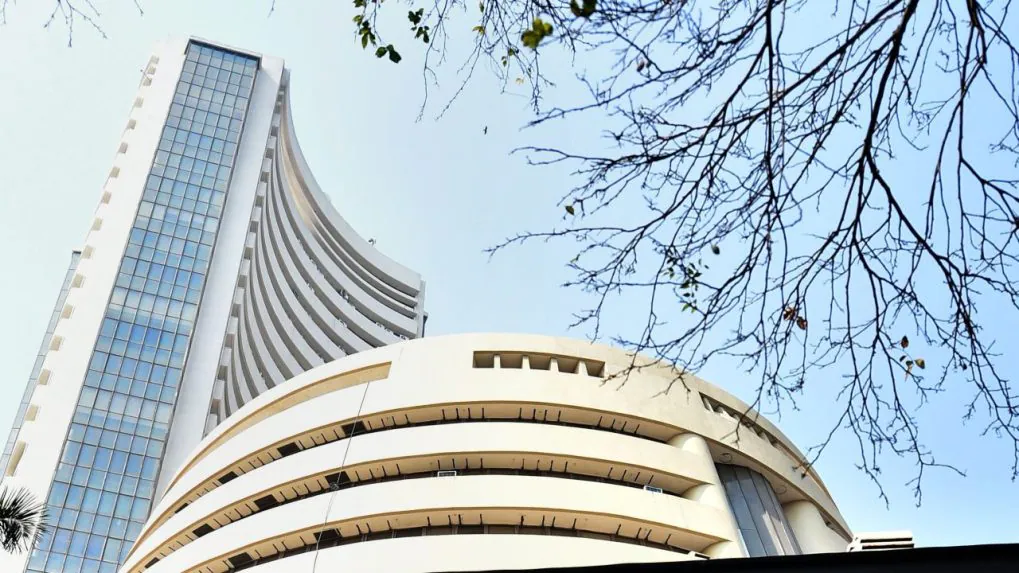- January 29, 2020
- Posted by: Amit Pabari
- Category: Market

When the world is “coronavited” and scrambling to contain the virus, investors are shifting their focus to the Federal Reserve’s monetary policy announcement due early Thursday morning and upcoming Union Budget.
FOMC, this time is not expected to be market moving as in their last meeting, the central bank made it clear that monetary policy is on hold. Fed Chairman Jerome Powell sees very little reason to change interest rates as inflation grows at a slower pace.
Last year Fed did 3 rate cuts which supported equities and EM currencies. Since September 2019 Fed’s resumed the action of asset purchase to stabilise US repo markets which ultimately led to surprising stability even though the world was threatened with trade rifts and other concerns.
According to the dot plot, most U.S. policymakers forecast no changes in interest rates in 2020. Fed Chairman Powell would want to see a move in inflation that is significant and persistent before tightening policy. However, Powell’s comments after the meeting could still move markets as investors seek clarity on two crucial aspects i.e. economic outlook and quantitative easing.
Last year, it was a bumpy ride as trade war kept markets on edge thereby keeping the outlook gloomy. However, China and the U.S. reached a phase one of a trade agreement and since then, there have been both improvements and deterioration in the U.S. economy on different fronts. Retail sales rebounded and so did service-sector activity accelerated but on the other end consumer confidence, job growth, wage growth, inflation, manufacturing activity, and the trade balance softened. Yet, the Fed is unlikely to alter its economic outlook as they’ll prefer to wait until March meeting when their economic projections are updated.
Secondly, the Quantitative Easing has proven to be a stronger tool than rate cut and hence Fed is confidently signalling no rate cut but they are persistent with their commitment to do more to keep repo market stabilised. The central bank has been providing a tremendous amount of liquidity through their purchases of treasury bills. In the last quarter, their balance sheet expanded by almost $400 billion. Powell and the Fed described these purchases and temporary repo operations as technical adjustments meant to keep bank reserves and repo rates in control. They plan to continue these purchases until the second quarter. Well, this determination of the Fed to support the US and global liquidity with asset purchase is the principal factor behind a stable market.
Well, for USD the north march remains constant, as the index managed to secure fresh yearly highs beyond the 98.00 mark on the back of the prevailing risk aversion in response to unabated nervousness over the spread of the coronavirus.
Domesticated with various phases of economic swing; by now it easier to realize the fact that economic slowdown is real. RBI so far emphasized on monetary policy where it has lowered the repo rate by 135 bps since the time it began its cutting cycle. This worked well on the supply side where the attempt was to make the cost of capital lower for the industry but failed in transmission to the end consumer. However, the problem looks more critical on the demand side, and the impact of rate cuts remained limited.
All the policies which the finance minister has been announcing were more of sector-specific, except for the cut in the corporate tax rate. A slew of measures which include a special window for real estate, export incentives, bank consolidation and sops for MSMEs and the automobile sector. Most of these have been on the supply side to make sure that things are eased out.
In the last few months, she lowered the corporate tax rate which was to give a boost to corporate profits and in turn set the stage for higher investment and growth. However, it looks like it didn’t even manage to completely revive it from the hit caused by GST and demonetization. While it is too early to judge the efficacy of this measure and could be seen in the long run.
Clearly, something more direct is required to ensure that spending takes place. As there is not much spending taking place, the fundamental problem is on the demand side. Inflation is high, consumption is low, spending is less and people are parking their money in safe assets in order to survive through the criticalities of the slowdown. The budget should focus on boosting consumption and one way to do so would be by incentivizing higher income class which can help to channel demand into high-end goods such as housing and automobiles.
Hence, all eyes are on the budget to see if any kind of a bold decision is taken which might compromise on the fiscal deficit targets but channel it in a proper manner to make sure that there are demand forces that are created, which would help revive growth.
Amit Pabari is managing director of CR Forex Advisors
Leave a Reply
You must be logged in to post a comment.

